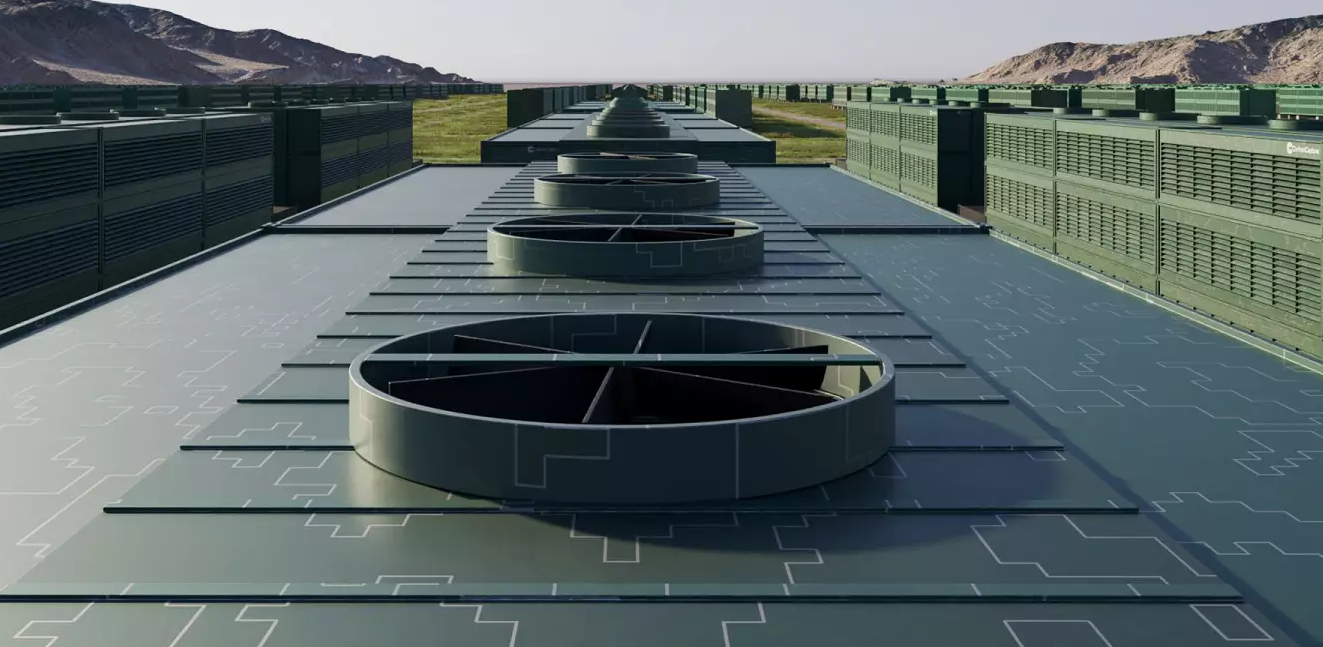UK Space Agency is backing the research by Rolls-Royce intending to use nuclear power for supporting permanent human outposts on the lunar surface.
This Micro-Reactor program will help in providing the power required for humans to live and work on the Moon.
Rolls-Royce has received funding from the UK Space Agency to develop a nuclear reactor for a moon base
Rolls-Royce has received £ 2.9 million (US$ 3.5 million) of new funding for demonstrating a model for a modular micro-reactor ready to deliver to the moon by 2029. This funding is followed by a previous $303,495 (£249,000) study funded by the U.K. Space Agency in 2022.
“The new tranche of funding from the UK Space Agency means so much for the Rolls-Royce Micro-Reactor Programme,” said Abi Clayton, Director of Future Programmes for Rolls-Royce. “We’re proud to work collaboratively with the UK Space Agency and the many UK academic institutions to showcase the best of UK innovation and knowledge in space.
“This funding will bring us further down the road in making the Micro-Reactor a reality, with the technology bringing immense benefits for both space and Earth. The technology will deliver the capability to support commercial and defense use cases alongside providing a solution to decarbonize industry and provide clean, safe, and reliable energy.”
This Micro-Reactor program will help in providing the power required for humans to live and work on the Moon
Currently, most space missions are dependent on solar energy to support systems for communications, life-support, and science experiments. However, on the Moon, there are two weeks of daylight and two weeks of night. There is a dire need for an alternative power supply. A nuclear power source will provide more versatility in missions, and less reliance on the sun.
Dr. Paul Bate, chief executive of the UK Space Agency, said: “This innovative research by Rolls-Royce could lay the groundwork for powering continuous human presence on the moon, while enhancing the wider UK space sector, creating jobs and generating further investment.”







